
PUMPA - SMART LEARNING
எங்கள் ஆசிரியர்களுடன் 1-ஆன்-1 ஆலோசனை நேரத்தைப் பெறுங்கள். டாப்பர் ஆவதற்கு நாங்கள் பயிற்சி அளிப்போம்
Book Free DemoWhat is your height?
What is your shirt size?
What is the time now?
Observe the above questions. You might have encountered these questions in your daily life.
These questions refer to the quantification of a particular thing. Everything around us is quantified.
Such as, the distance we travel is measured in meter or kilometer, the vegetables we buy are measured in grams or kilograms, the time we follow is measured in minutes and hours.
These questions refer to the quantification of a particular thing. Everything around us is quantified.
Such as, the distance we travel is measured in meter or kilometer, the vegetables we buy are measured in grams or kilograms, the time we follow is measured in minutes and hours.
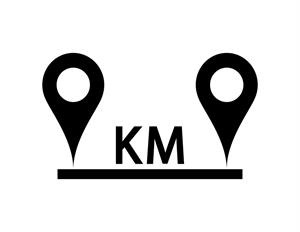 Measurement of distance | 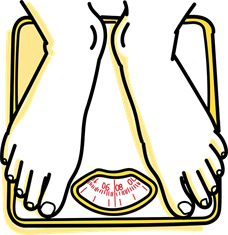 Measurement of weight |
What are these quantities?
These quantities are known as physical quantities.
The physical quantities are used to measure any process or the properties of any substance.
Example:
1. The change in weather can be measured in terms of temperature.
2. The weight of an object is measured in gram or kilogram.
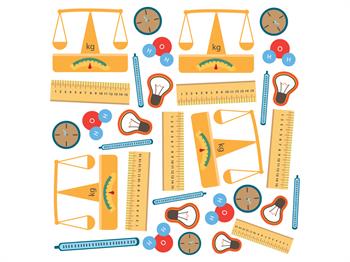
Examples of physical quantity
Now we understand about physical quantities, but have you ever wondered why we use different physical quantities?
The purpose of using different physical quantities:
To differentiate the measurements based on their properties, we use different physical quantities.
For example, we cannot measure the distance between the two points and the temperature of a place using the same physical quantities. Because these two are different measurements.
This is the reason why we use different quantities for different measurements.
The physical quantities can be classified into two types:
1. Fundamental quantities.
2. Derived quantities.
Fundamental quantities:
- The fundamental quantities are basic requirements in physical measurements.
- The fundamental quantities are used to derive all other quantities.
Example:
1. Time
2. Length and
3. Mass
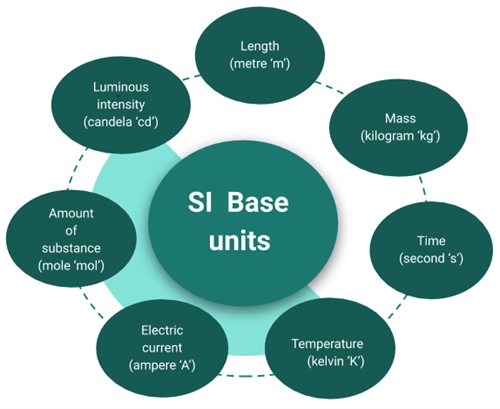
SI Base units
Derived quantities:
In measurements to avoid using many fundamental quantities, the derived quantities are introduced.
The derived quantities are combined from the fundamental quantities, and using relations in the measurements.
Quantities like area, volume, and density can be expressed in terms of other fundamental quantities. They are called derived quantities.
Example:
We used to calculate the area of a place, which is the derived quantity because the area is related to the fundamental quantity of length.
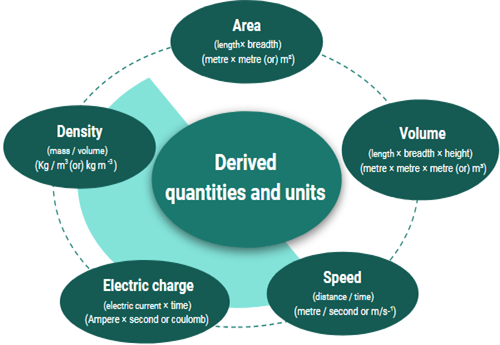
Derived quantities and units
Now, we understand the physical quantities, and their various types. But, how do you measure physical quantities? Do you have any idea?
Keep thinking!! We'll see that in an upcoming section.:
Keep thinking!! We'll see that in an upcoming section.:
Reference:
https://pixabay.com/vectors/weighs-weight-kilograms-grams-gym-6156299/